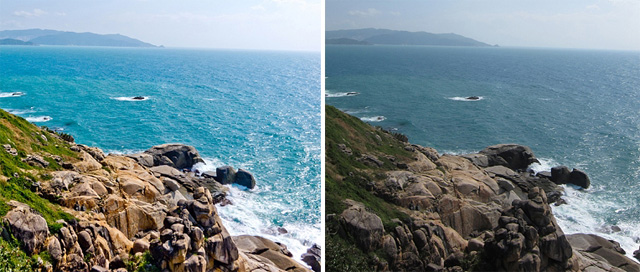
(RAW vs JPEG)
Which format do most photographers use the most, raw or jpeg format? Many photographers use raw and swear by it while others completely ignore it. Here is the scoop for all the information you need to know about the pros and cons of both formatting options.
Megapixel , Print Quality and Digital Cameras
15 Tips for Keeping Your Camera in Tip-Top Condition When Traveling
Why Use Raw?
The image file belongs to the photographer that made the image. A raw file is a digital negative containing all the information during the actual shot. There can be no duplications or anyone claiming ownership of the file other than the actual photographer.
Many professional photographers prefer to use raw so they can use editing programs to show more detail in larger prints from the images.
Raw contains all the Meta data of the image file.
The original data is never erased in a raw image during the editing process. The photographer can enjoy the option of being able to start over with the image if mistakes are made.
More options to reduce noise in photographs using raw format.
Easier to sharpen images in raw format.
Ability to control white balance and make more color enhancements using editing software by shooting with the raw format.
Correct under exposed and over exposed images easier with editing software.
Shooting in raw avoids in camera processing. The photographer can make all the adjustments and corrections to the image using editing software.
Try to use a camera that can make both the raw and jpeg files together of photographs. This gives you both versions of the same file that is valuable if you just don’t have the time available to tinker with images. Sometimes a shot is so good that there is little need to make any adjustments with the raw version.
Disadvantages of Raw
Larger files because of the data retained during the shot. With some cameras, both jpeg and raw files are saved together that produces the large amounts of data. This can begin to eat up hard drives that contain thousands of images.
Fewer programs available to edit raw format. Lightroom and Photoshop are two programs that do accept raw files for editing.
Raw eats up memory card space in the camera quickly. Always have plenty of memory cards if using raw is a priority.
Editing software changes over the years. This makes it a very high chance that programs many years from now won’t open those raw files today.
Less people understand how to edit raw files. This is true because they learn to edit files in jpeg first.
Why Shoot in JPEG?
This is the first choice of photographers everywhere. It is the most common file format because people think of it as easier to use. Here are the advantages of using jpeg format to make great photographs.
All image-editing programs accept it.
The Web supports it. Image files online usually use jpeg formats.
Image file size is much smaller. After editing on some programs, file sizes can be reduced in size again for faster downloading speeds.
Jpeg files can be printed with no editing required. This never means that the images will be perfect without some editing.
Smaller size associated with jpeg images means more images per memory card.
Most of all the editing required is done in-camera. This means the camera takes care of most settings.
Disadvantages of JPEG
Images are harder to edit in programs after the image has been taken from in-camera settings.
If a bad photo is taken, the chance of correcting some mistakes is extremely difficult because the image was shot in jpeg.
Jpeg captures 8-bits with 16 million colors.
Artifacts can appear in images through compression.
Ability to get the shot right the first time. Good photographers usually do but in rare situations the image could be lost.
The Verdict
Although both formats work well, each has unique advantages over the other. It depends on what the photographer prefers to use that fits them the best. A good photographer might never need raw format but someday the situation might happen where they wished they had during a photo shoot.